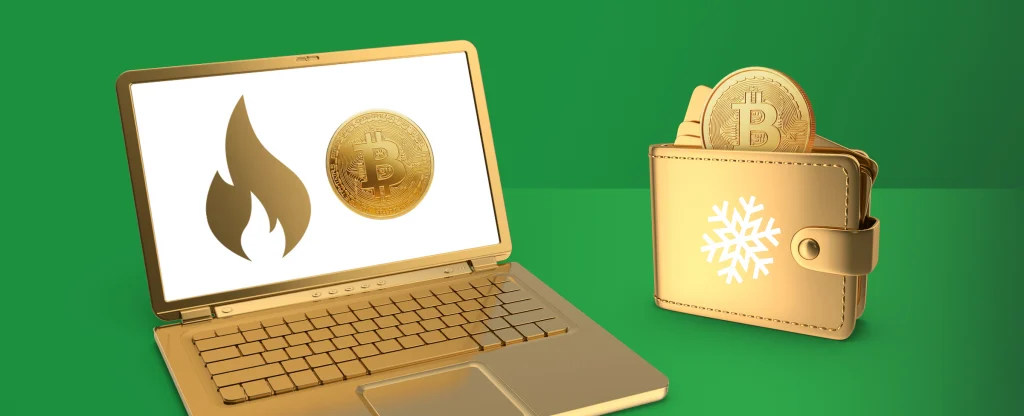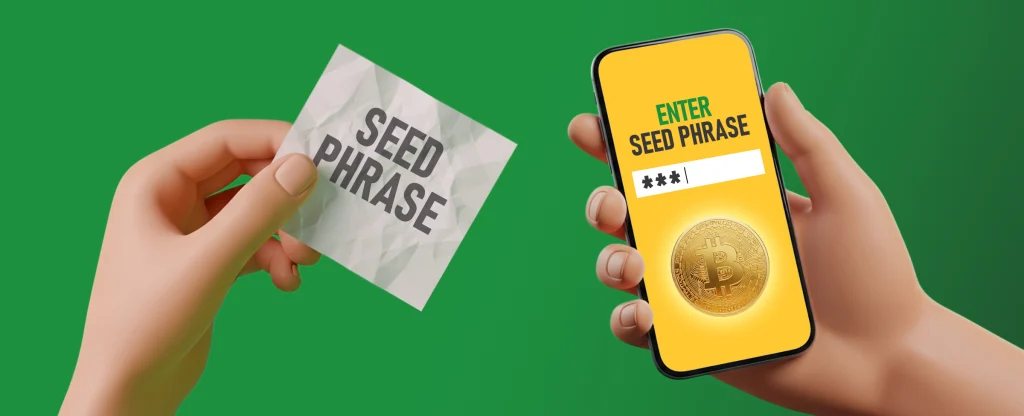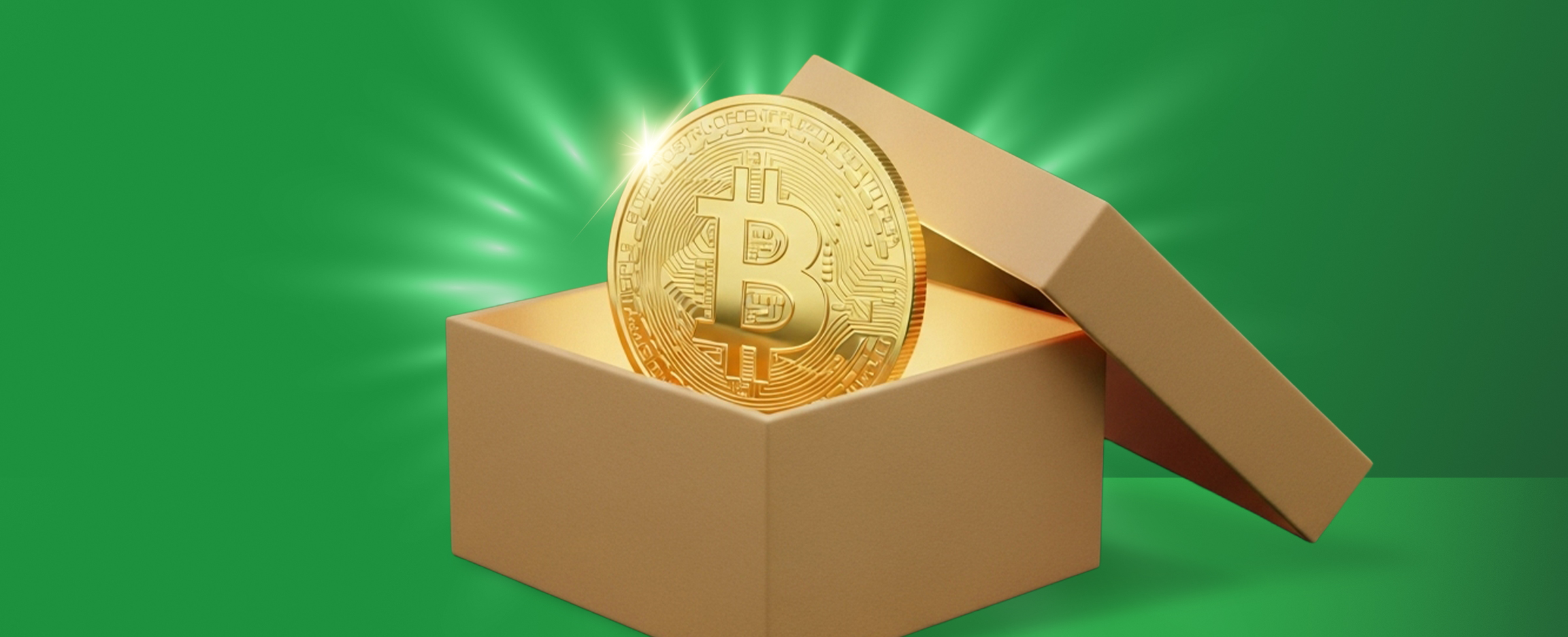If you’re an Aussie getting into crypto, you’ve probably heard how important it is to store your digital assets safely. With crypto being decentralised and irreversible, once it’s gone, it’s gone. There are no banks to call, no forgotten password link that’ll get your crypto coins back. That’s why knowing how to store cryptocurrency securely is crucial, especially in Australia, where crypto adoption is growing fast and scammers are getting smarter.
In this guide, the team here at Joe Fortune will walk you through what crypto storage means, the different types of wallets (including hot and cold wallets), and the security precautions you should be taking to keep your digital assets safe and sound.
What Is Crypto Storage?
Crypto storage simply refers to how and where you keep your cryptocurrency. Unlike regular money, which you can stash in a bank account, cryptocurrency is stored in a digital wallet. These wallets don’t store your coins themselves; instead, they store your private keys, which give you access to your crypto on the blockchain.
Think of your private keys like the PIN to your bank card. If someone else gets access to them, they can take your funds. That’s why choosing the right wallet and securing it properly is so important.
Different Types of Storage
There are several ways you can store crypto, each with its own pros and cons. The right one for you depends on how often you trade, how much crypto you’re holding, and how tech-savvy you are.
Custodial Wallet
A custodial wallet is managed by a third party, usually a crypto exchange like CoinSpot, Swyftx, Binance or Coinbase. They hold your private keys for you.
The Pros:
- Easy to use
- Great for beginners
- No need to manage keys
The Cons:
- You don’t truly own your crypto
- If the platform gets hacked or collapses (think FTX), your funds could be at risk
Many Aussies start here because it’s simple, but as the saying goes in crypto land: “Not your keys, not your coins.”
Non-Custodial Wallet
A non-custodial wallet gives you full control over your private keys. You’re responsible for your own security, backups, and access. Examples include Trust Wallet, MetaMask, Exodus, and hardware wallets like Ledger and Trezor.
The Pros:
- True ownership of your assets
- Greater privacy and control
- Not reliant on third parties
The Cons:
- If you lose your keys or recovery phrase, your crypto is gone for good
- Slightly more technical to use

Hot vs Cold Wallets
You’ll often hear wallets described as either “hot” or “cold.” This refers to whether they’re connected to the internet.
Hot wallets are always online. They’re convenient for day-to-day use, but more vulnerable to hacks. Examples include:
- Mobile wallets (Trust Wallet)
- Browser extensions (MetaMask)
- Exchange wallets (Swyftx, Binance)
Cold wallets are kept offline and only connected when needed. They’re much safer from online threats. If you’re holding a large amount of crypto or investing long-term, a cold wallet is the way to go. Examples include:
- Hardware wallets (Ledger Nano, Trezor)
- Paper wallets (printed private keys)
- Air-gapped devices (offline computers)
Security Precautions to Take
No matter which wallet you use, there are some basic, but vital, security steps every Aussie crypto holder should follow. These small measures can make a big difference.
Backups
Always back up your wallet’s recovery/seed phrase (as mentioned previously this is 12 or 24 random words). This is your only way to restore your crypto if you lose your device or wallet app. Some top tips:
- Write it down on paper and never store it on your phone or email
- Keep it in a safe or fireproof box
- Don’t share it with anyone
Software Updates
Keep your wallet software and device up to date. Updates often include security patches that protect against new threats.
- If you’re using a mobile or desktop wallet, enable auto-updates
- If you’re using a hardware wallet, regularly check for firmware updates via the official website
2FA (Two-Factor Authentication)
Enable two-factor authentication on any wallet or exchange that offers it. This adds a second layer of security on top of your password.
Best options: Use an app like Google Authenticator or Authy and avoid using SMS-based 2FA, as it’s more vulnerable to SIM-swap attacks.
Seed Phrases
Your seed phrase (also called a recovery phrase or backup phrase) is the single most important piece of information in crypto storage.
- If someone else gets your seed phrase, they can access your wallet from anywhere
- Don’t store it on cloud services like Google Drive or iCloud
- For extra safety, some Aussies split the phrase across multiple safe places (but only if you trust yourself to keep track)
- Remember, you are your own bank in crypto and with that comes complete responsibility.
FAQs

Can You Lose a Cold Wallet?
Yes, you can lose a cold wallet, like if your Ledger device gets lost, damaged, or stolen. But that doesn’t mean your crypto is gone. If you’ve safely stored your seed phrase, you can recover your wallet on a new device. This is important to remember… If someone finds your lost cold wallet and has your recovery phrase, they can take your funds. That’s why both the device and the phrase need to be stored securely.
Can a Cold Wallet Be Hacked?
It’s extremely difficult to hack a cold wallet because it’s not connected to the internet. Most hacks happen through phishing, malware, or people entering their recovery phrase on fake websites. That said, nothing is 100% safe if you’re careless but as a rule of thumb you should always:
- Buy hardware wallets directly from the manufacturer
- Never enter your seed phrase online
- Avoid plugging your device into untrusted computers
- Cold wallets are by far the safest option when used correctly
Is It Better to Keep Crypto in a Wallet or Exchange?
For long-term storage, it’s much better to keep your crypto in a non-custodial wallet (especially a cold one). This gives you full control over your assets and protects against exchange failures or hacks. However, if you’re trading frequently, it can be more convenient to leave some funds on a trusted Aussie exchange like Swyftx or CoinSpot. The smart move? Keep small amounts on exchanges for trading, shopping or even playing online casinos and transfer the rest to your personal wallet for safe keeping.
Final Thoughts
Whether you’re stacking sats, dabbling in DeFi, or holding for the long haul, storing your crypto safely is essential, especially in Australia, where viewers of Four Corners or 60 Minutes will be aware, scams and phishing attacks are on the rise. Start by choosing the right wallet:
- Use custodial wallets for convenience
- Use non-custodial hot wallets for control
- Use cold wallets for serious, long-term storage
Then, lock it down with backups, software updates, 2FA, and careful handling of your seed phrase. When all is said and done, at the end of the day, you are the guardian and in control of your digital assets. So hopefully this overview we’ve pulled together ensures you now know what the right tools and habits are, so you can hold your crypto with confidence and peace of mind.
